Home>Furniture & Design>Bathroom Accessories>How To Remove Plastic Nut From Toilet Seat?
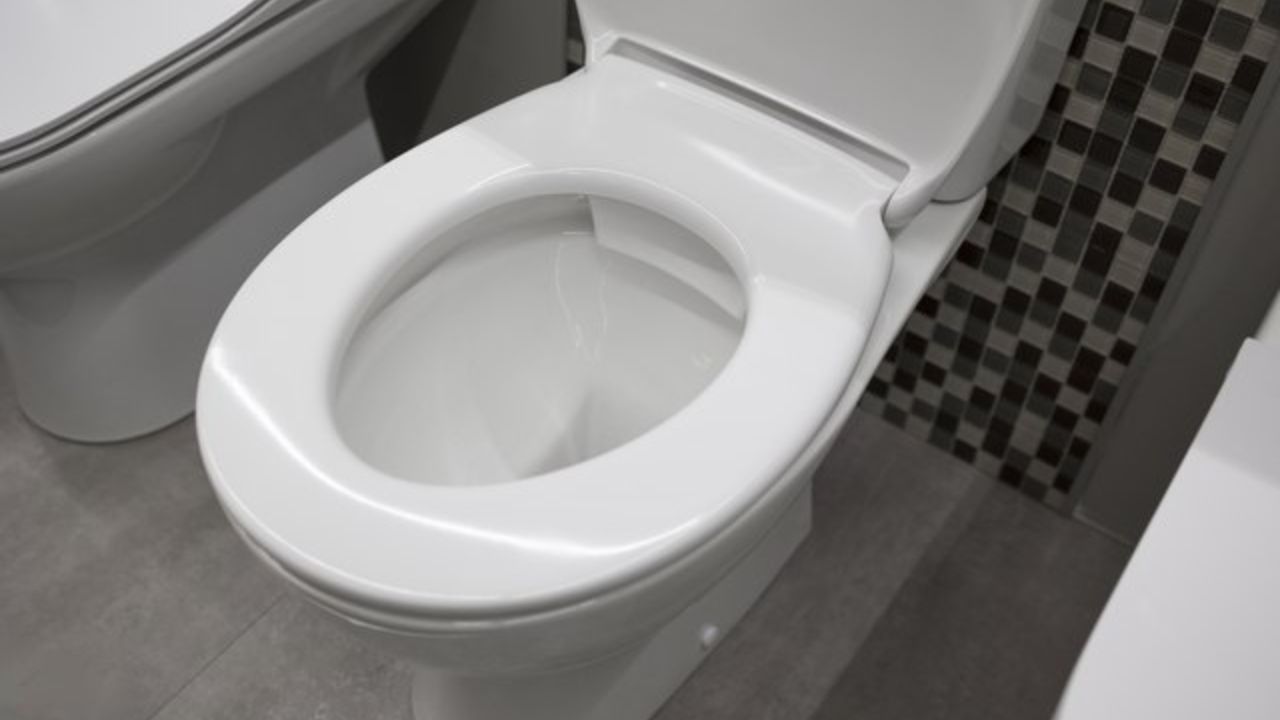

Bathroom Accessories
How To Remove Plastic Nut From Toilet Seat?
Modified: October 18, 2024
Learn how to easily remove a plastic nut from a toilet seat with our expert tips. Keep your bathroom accessories in top condition with our helpful guide.
(Many of the links in this article redirect to a specific reviewed product. Your purchase of these products through affiliate links helps to generate commission for Storables.com, at no extra cost. Learn more)
Introduction
Removing a plastic nut from a toilet seat may seem like a daunting task, but with the right tools and techniques, it can be a straightforward process. Whether you're replacing a worn-out toilet seat or making repairs, understanding how to remove the plastic nut is essential. This guide will walk you through the step-by-step process, ensuring that you can tackle this task with confidence.
The plastic nut secures the toilet seat to the bowl, and over time, it may become corroded or difficult to remove. This can be frustrating, but with the proper approach, you can overcome this challenge without causing damage to the toilet or the seat. By following the instructions outlined in this article, you'll be equipped to handle this task efficiently and effectively.
In the upcoming steps, we will cover the necessary tools you'll need, the process of loosening the plastic nut, and the proper technique for removing it. Additionally, we'll provide guidance on installing a new toilet seat, ensuring that you have all the information required to complete the entire process seamlessly.
Whether you're a seasoned DIY enthusiast or a novice homeowner looking to tackle household maintenance tasks, understanding how to remove a plastic nut from a toilet seat is a valuable skill. By mastering this process, you can save time and money by avoiding the need for professional assistance. So, let's dive into the steps and equip ourselves with the knowledge and skills needed to conquer this task.
Key Takeaways:
- Removing a plastic nut from a toilet seat is a manageable task with the right tools and techniques. By patiently loosening the nut and carefully installing a new seat, homeowners can refresh their bathroom with confidence and precision.
- Mastering the process of removing a plastic nut empowers homeowners to tackle maintenance tasks independently, saving time and money. With the right tools and a methodical approach, individuals can elevate the functionality and aesthetics of their living spaces.
Read more: How To Remove Mold From Toilet Seat
Step 1: Gather necessary tools
Before embarking on the task of removing a plastic nut from a toilet seat, it's essential to gather the necessary tools to ensure a smooth and efficient process. Here's a comprehensive list of tools you'll need:
-
Adjustable Wrench: This versatile tool will allow you to grip and turn the plastic nut securely. Ensure that the wrench is adjustable to fit the size of the nut.
-
Pliers: Having a pair of pliers on hand can be incredibly useful, especially if the plastic nut is stubborn and difficult to loosen. Pliers provide a strong grip, enabling you to apply additional force if needed.
-
Screwdriver: Depending on the type of toilet seat, you may require a screwdriver to assist in the removal process. A flat-head or Phillips-head screwdriver will cover most toilet seat designs.
-
Protective Gloves: It's advisable to wear protective gloves to shield your hands from any dirt, grime, or sharp edges. Additionally, gloves can provide a better grip when handling the plastic nut and other components.
-
Safety Glasses: While not always necessary, safety glasses can offer protection for your eyes, especially if you're working in a tight space where debris or small parts may become dislodged.
-
Penetrating Oil (Optional): If the plastic nut is particularly stubborn or corroded, a penetrating oil such as WD-40 can be beneficial. Applying a small amount of penetrating oil to the nut can help to loosen it, making the removal process easier.
By ensuring that you have these tools at your disposal, you'll be well-prepared to tackle the task of removing the plastic nut from the toilet seat. With the right tools in hand, you can approach the next steps with confidence, knowing that you have everything needed to successfully complete the job.
Step 2: Loosen the plastic nut
Loosening the plastic nut is a critical step in the process of removing a toilet seat. The plastic nut secures the seat to the toilet bowl, and over time, it may become tightly fastened due to corrosion or mineral buildup. Here's a detailed guide on how to effectively loosen the plastic nut:
-
Apply Penetrating Oil (Optional): If the plastic nut appears to be stuck or difficult to turn, applying a small amount of penetrating oil can help to loosen it. Penetrating oils such as WD-40 are designed to seep into tight spaces and break down rust and corrosion, making it easier to turn the nut. Allow the oil to penetrate for a few minutes before attempting to loosen the nut.
-
Secure the Toilet Seat: Before attempting to loosen the plastic nut, ensure that the toilet seat is securely in place. This may involve holding the seat steady with one hand while using the other hand to work on the nut. If the seat is loose, it may wobble or shift, making it challenging to effectively loosen the nut.
-
Use an Adjustable Wrench: Place an adjustable wrench onto the plastic nut, ensuring a secure grip. Adjust the wrench to fit the size of the nut, and then turn it counterclockwise to begin loosening the nut. Apply steady pressure while turning the wrench, being mindful not to use excessive force that could damage the nut or the toilet bowl.
-
Utilize Pliers if Necessary: If the plastic nut proves to be stubborn and resistant to the wrench, pliers can provide additional gripping power. Use a pair of pliers to grasp the nut firmly, providing extra leverage to turn it. Exercise caution to avoid overtightening with the pliers, as this could potentially damage the nut.
-
Alternate Between Wrench and Pliers: Depending on the condition of the plastic nut, it may be beneficial to alternate between the wrench and pliers to gradually loosen it. This approach can help distribute the force evenly and prevent the nut from becoming further entrenched.
By following these steps, you can effectively loosen the plastic nut, preparing it for removal in the subsequent step. Patience and a methodical approach are key during this process, ensuring that the nut is loosened without causing any damage to the toilet seat or the bowl.
Use a pair of pliers to grip the plastic nut firmly and turn it counterclockwise to loosen and remove it from the toilet seat bolt. If the nut is stuck, try using a lubricant to help loosen it.
Step 3: Remove the plastic nut
With the plastic nut successfully loosened, the next step is to remove it from the toilet seat. This process requires careful maneuvering to ensure that the nut is extracted without causing any damage to the surrounding components. Here's a detailed guide on how to effectively remove the plastic nut:
-
Unscrew the Nut: Using the adjustable wrench or pliers, continue turning the plastic nut counterclockwise until it is completely detached from the bolt. Apply steady and even pressure to prevent any sudden movements that could potentially damage the toilet seat or the bowl.
-
Hold the Bolt Securely: As the plastic nut loosens, it's important to hold the bolt firmly in place to prevent it from turning along with the nut. This can be achieved by using a screwdriver to hold the bolt steady while turning the nut. Ensuring that the bolt remains stationary will facilitate the smooth removal of the nut.
-
Inspect for Corrosion or Debris: Once the plastic nut is removed, take a moment to inspect the bolt and the surrounding area for any signs of corrosion, mineral buildup, or debris. If necessary, use a damp cloth to clean the bolt and the underside of the toilet seat, ensuring that the area is free from any obstructions that could hinder the installation of a new seat.
-
Dispose of the Old Nut: Properly dispose of the old plastic nut, especially if it shows signs of significant wear or corrosion. This ensures that only high-quality components are used in the reinstallation process, promoting the longevity and stability of the new toilet seat.
-
Prepare for Installation: With the plastic nut removed, the toilet seat is now ready for the installation of a new seat. Before proceeding, double-check the condition of the bolt and the area surrounding it to confirm that it is clean and free from any obstructions. This preparation sets the stage for a seamless and secure installation of the new toilet seat.
By following these steps, you can effectively remove the plastic nut from the toilet seat, setting the stage for the installation of a new seat. This process requires attention to detail and a methodical approach to ensure that the removal is carried out smoothly and without any unintended consequences. With the plastic nut successfully removed, you are now ready to proceed to the next step and install the new toilet seat, completing the entire process with confidence and precision.
Step 4: Install the new toilet seat
Installing a new toilet seat is the final step in the process of refreshing your bathroom and ensuring optimal functionality. Whether you're upgrading to a modern seat or replacing a worn-out one, the installation process requires attention to detail and precision to guarantee a secure and stable fit. Here's a comprehensive guide on how to install the new toilet seat seamlessly:
-
Select the Right Seat: Before proceeding with the installation, ensure that you have the correct replacement seat that matches the dimensions and shape of your toilet bowl. Toilet seats come in various sizes and shapes, including round, elongated, and D-shaped, so it's crucial to choose a seat that aligns perfectly with your toilet.
-
Position the Seat: Place the new seat upside down on a soft surface to prevent any scratches or damage. Identify the position of the seat hinges and the bolt holes, ensuring that they correspond accurately with the design of your toilet bowl. This step is essential for aligning the seat correctly during installation.
-
Attach the Hinges: Most toilet seats come with hinges that allow for easy attachment to the toilet bowl. Align the hinges with the mounting holes on the back of the bowl, ensuring that they are positioned symmetrically. Use the provided bolts and nuts to secure the hinges in place, tightening them evenly to prevent any wobbling or instability.
-
Adjust the Seat Alignment: Once the hinges are securely attached, adjust the position of the seat to ensure that it is centered and aligned with the bowl. This step is crucial for achieving a balanced and aesthetically pleasing fit. Take the time to make any necessary adjustments before proceeding to the final tightening of the bolts.
-
Secure the Bolts: With the seat properly aligned, use a screwdriver and an adjustable wrench to tighten the bolts and nuts securely. Be mindful not to overtighten, as this could potentially damage the seat or the bowl. Ensure that the seat remains stable and does not shift when pressure is applied.
-
Test for Stability: After securing the bolts, gently test the stability of the seat by applying light pressure in various directions. The seat should remain firmly in place without any wobbling or shifting. This step is crucial for verifying the integrity of the installation and ensuring long-term durability.
-
Trim Excess Bolt Length (If Applicable): If the bolts extend beyond the nuts, use a hacksaw or a bolt cutter to trim the excess length. This ensures a neat and tidy appearance while preventing any interference with the functionality of the seat.
By following these steps, you can successfully install the new toilet seat, revitalizing your bathroom with a fresh and functional upgrade. The installation process requires precision and attention to detail, ensuring that the seat is securely fitted and ready for long-term use. With the new toilet seat in place, you can enjoy a renewed sense of comfort and aesthetics in your bathroom, knowing that the installation has been carried out with care and expertise.
Read more: How To Remove Scratches From Toilet Seat
Conclusion
In conclusion, mastering the art of removing a plastic nut from a toilet seat is a valuable skill that empowers homeowners to tackle maintenance tasks with confidence and precision. By following the step-by-step process outlined in this guide, individuals can navigate the challenges associated with loosening and removing the plastic nut, ultimately leading to the successful installation of a new toilet seat.
The journey begins with gathering the necessary tools, including an adjustable wrench, pliers, screwdriver, protective gloves, safety glasses, and optional penetrating oil. These tools form the foundation for a seamless and efficient removal process, ensuring that individuals are well-equipped to handle any obstacles that may arise.
The subsequent steps delve into the intricate process of loosening the plastic nut, emphasizing the importance of patience and a methodical approach. Whether applying penetrating oil to facilitate loosening or utilizing a combination of tools to exert controlled force, each action is carefully orchestrated to ensure the nut's smooth detachment without causing any damage to the toilet seat or bowl.
The pivotal moment arrives as the plastic nut is successfully removed, marking the transition to the final phase of installing the new toilet seat. This transformative step not only enhances the functionality of the bathroom but also revitalizes the space with a fresh and aesthetically pleasing upgrade.
The installation process itself is a testament to precision and attention to detail, as individuals carefully align the new seat, secure the hinges, and meticulously adjust the position to achieve a balanced and stable fit. The culmination of these efforts results in a bathroom that exudes comfort, functionality, and visual appeal, reflecting the homeowner's dedication to maintaining a welcoming and well-maintained living space.
By mastering the process of removing a plastic nut from a toilet seat and installing a new seat, individuals gain a sense of empowerment and self-sufficiency, reducing the reliance on professional assistance for routine maintenance tasks. This newfound expertise not only saves time and money but also fosters a deeper connection with the home, instilling a sense of pride in the ability to address household needs with skill and proficiency.
In essence, the journey of removing a plastic nut from a toilet seat transcends the realm of practical maintenance, embodying a transformative experience that empowers individuals to take ownership of their living spaces. With the knowledge and skills acquired through this guide, homeowners can embark on future maintenance endeavors with confidence, knowing that they possess the expertise to overcome challenges and elevate the functionality and aesthetics of their homes.
Frequently Asked Questions about How To Remove Plastic Nut From Toilet Seat?
Was this page helpful?
At Storables.com, we guarantee accurate and reliable information. Our content, validated by Expert Board Contributors, is crafted following stringent Editorial Policies. We're committed to providing you with well-researched, expert-backed insights for all your informational needs.
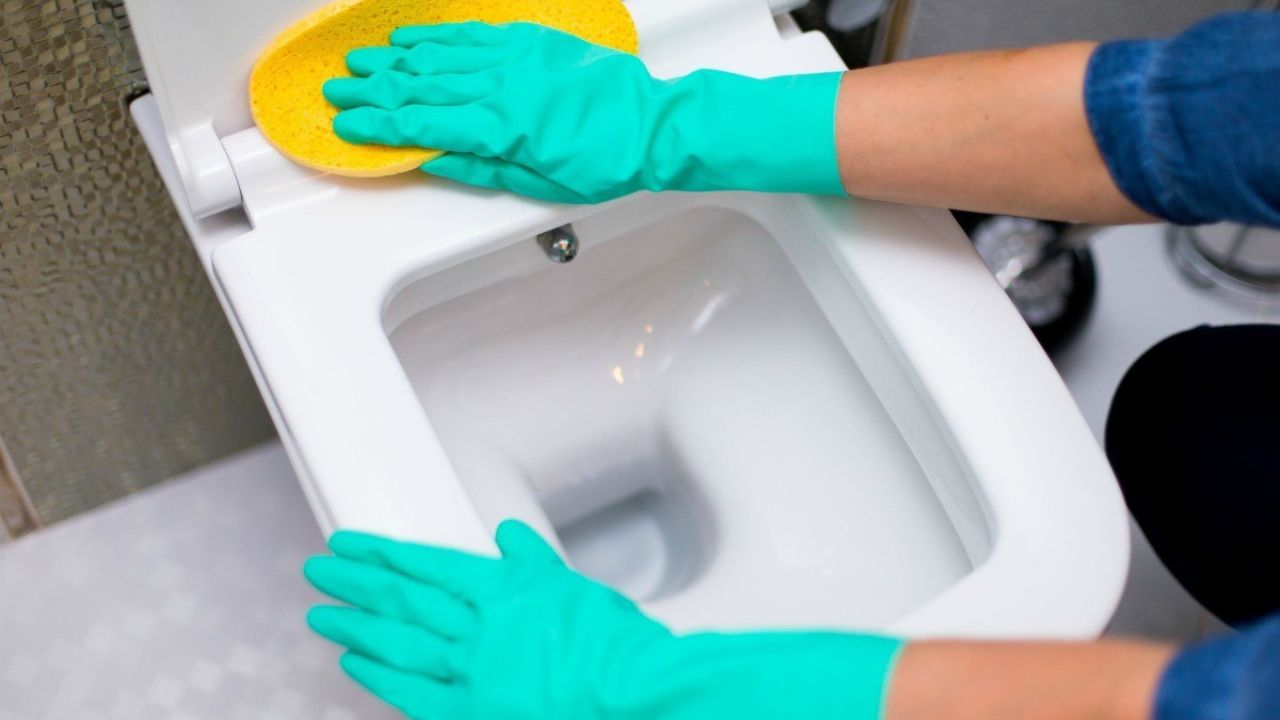
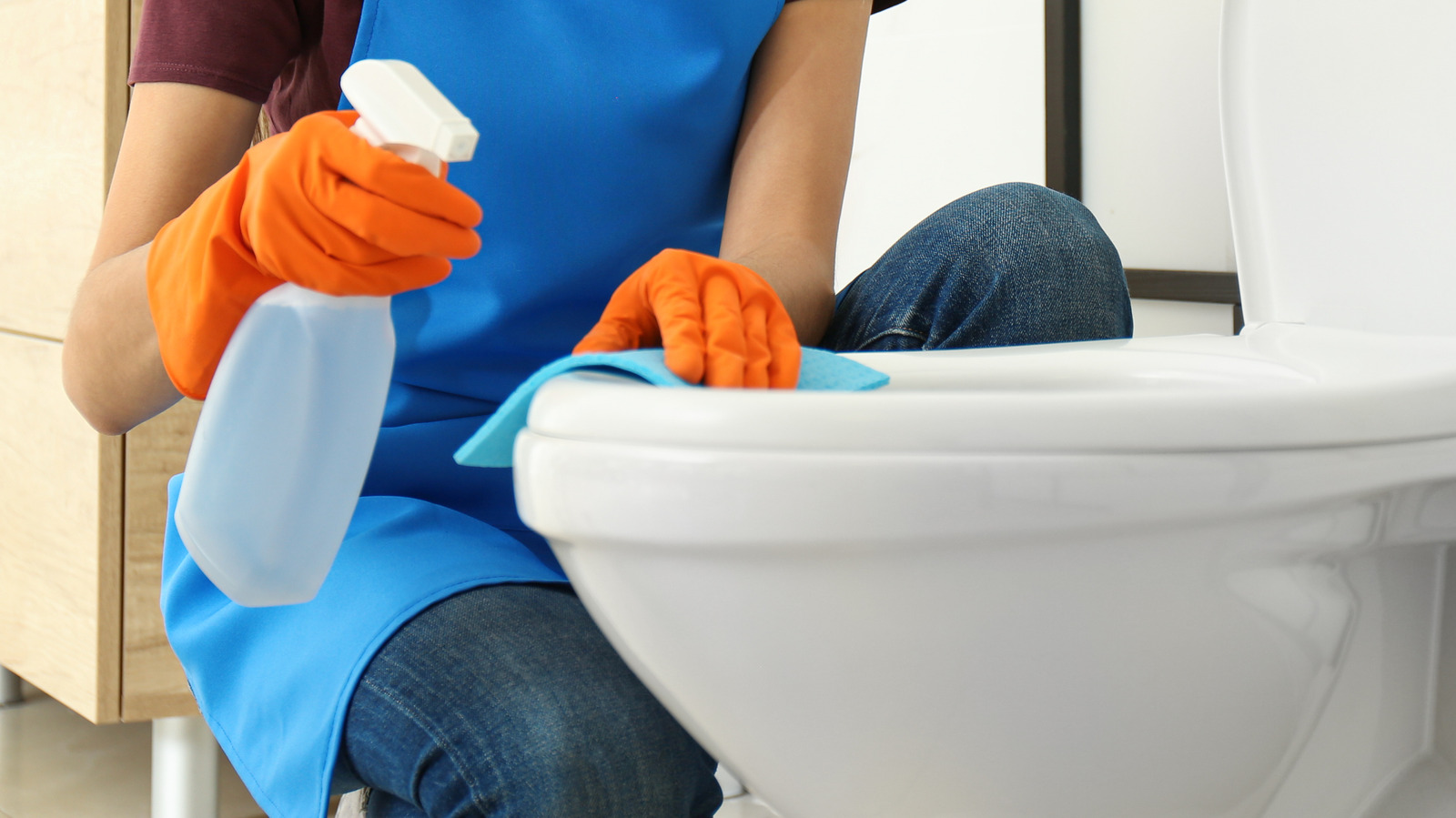
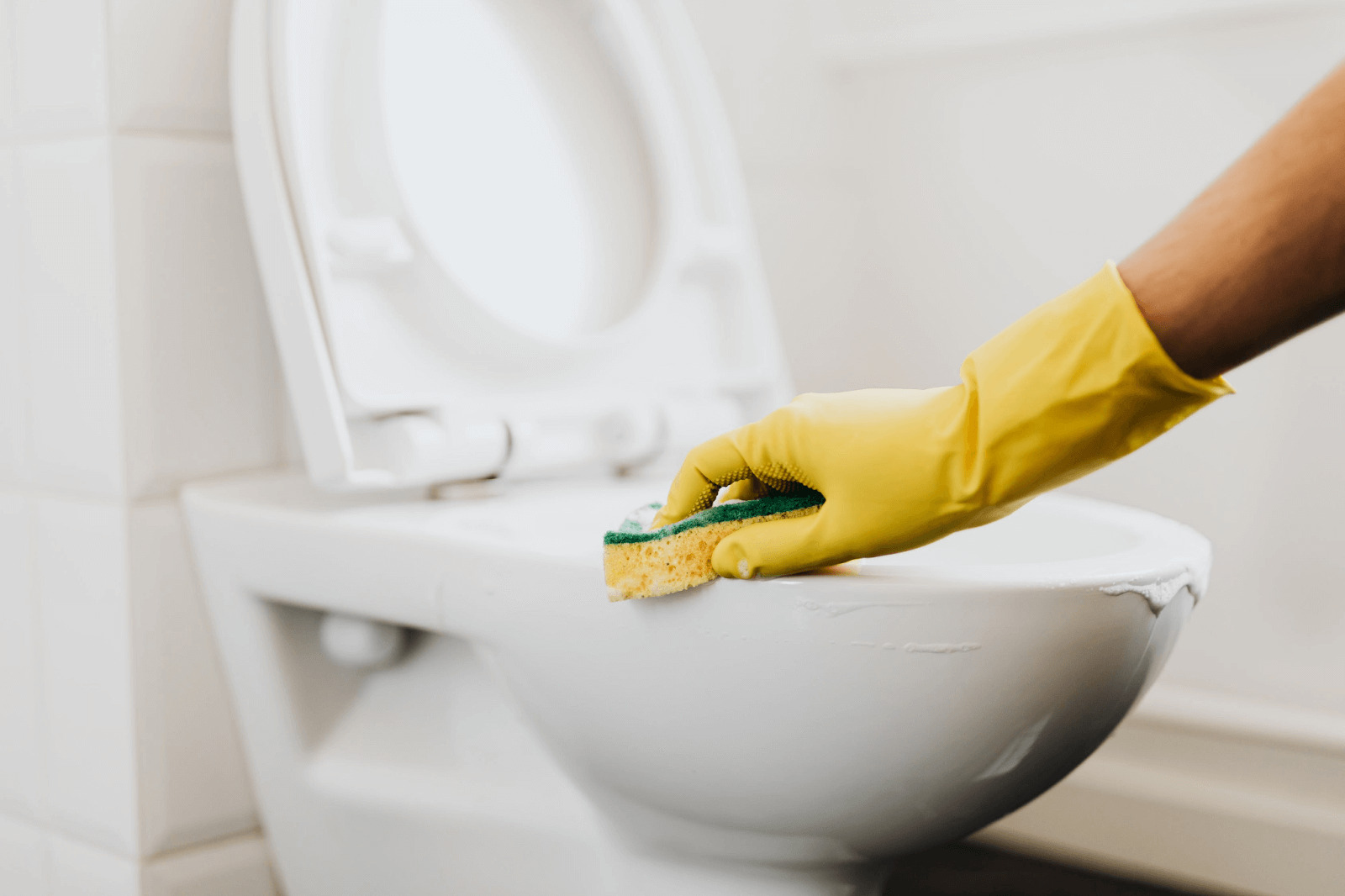
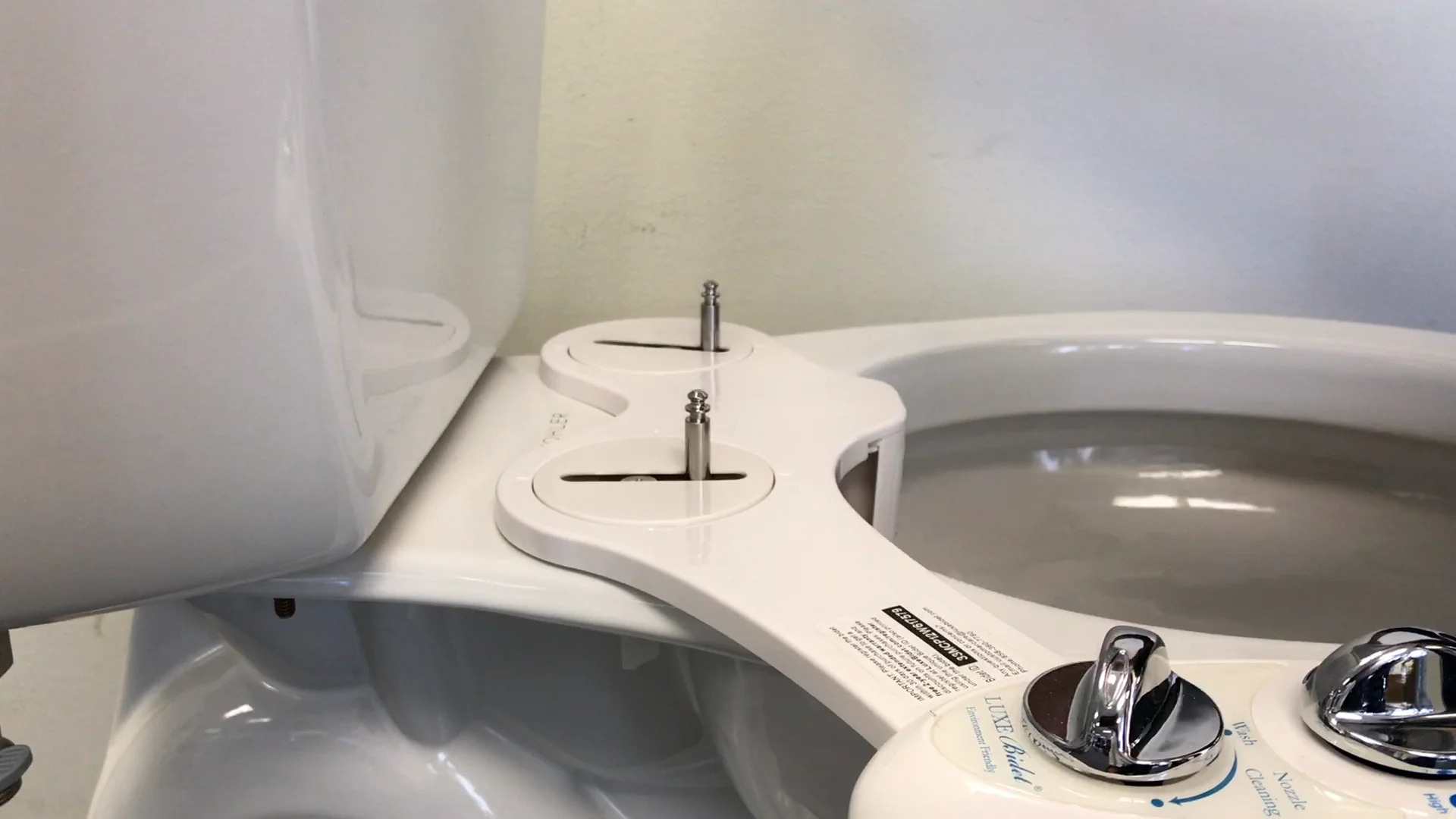
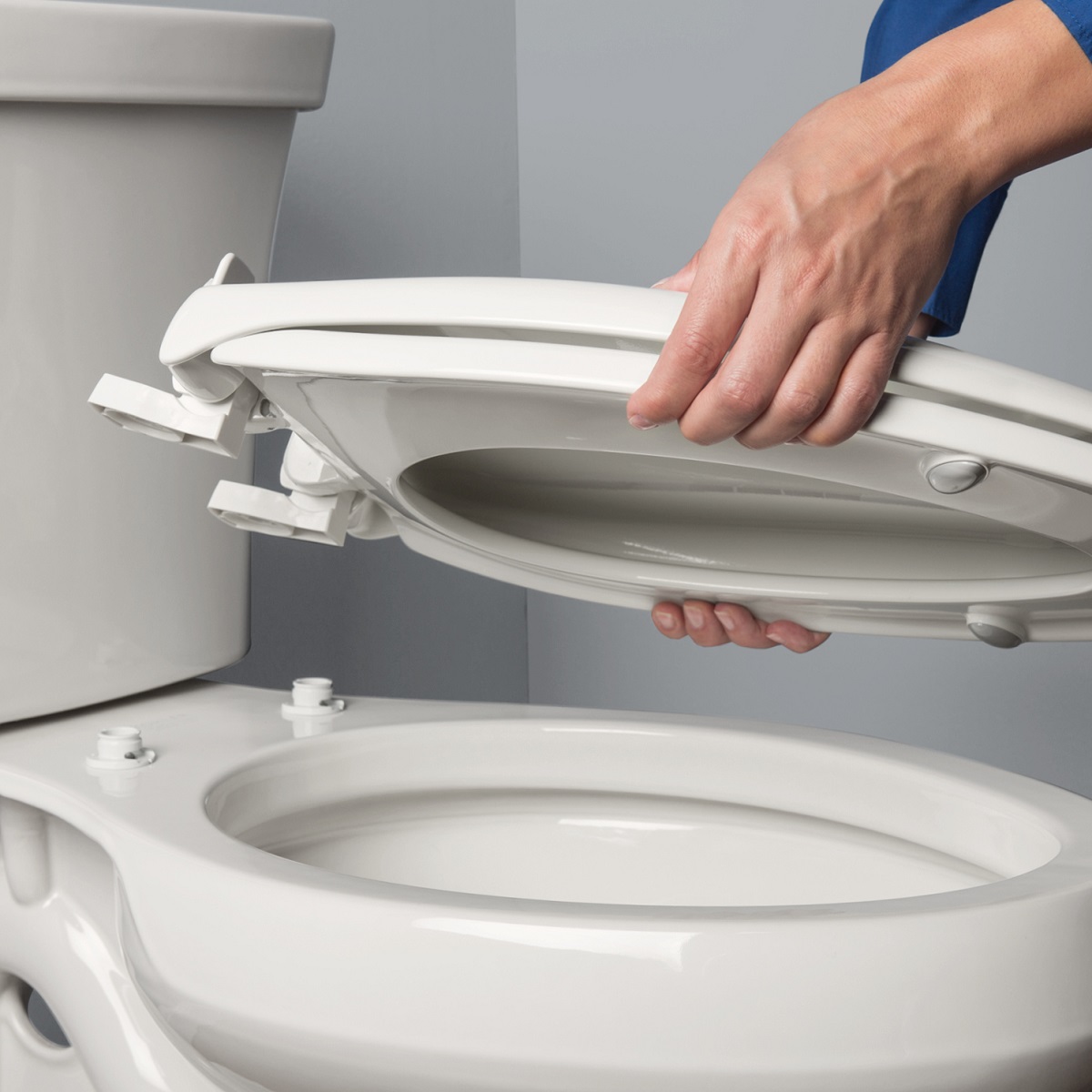

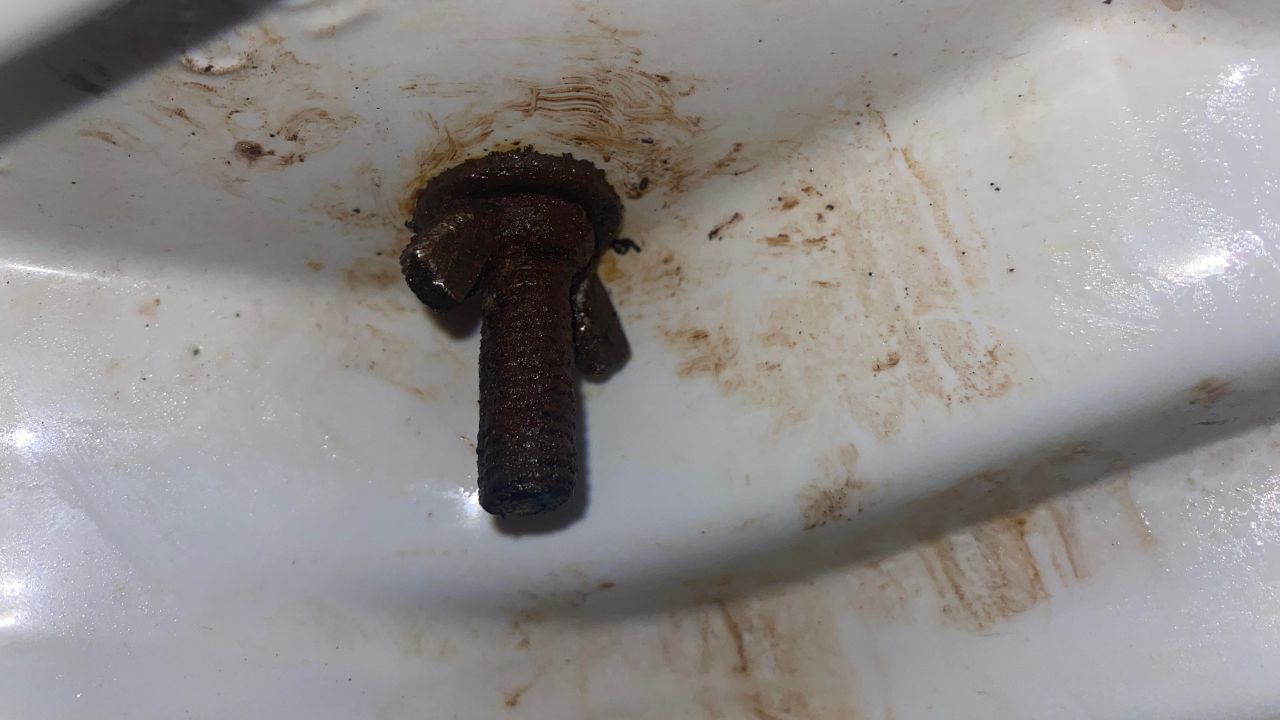


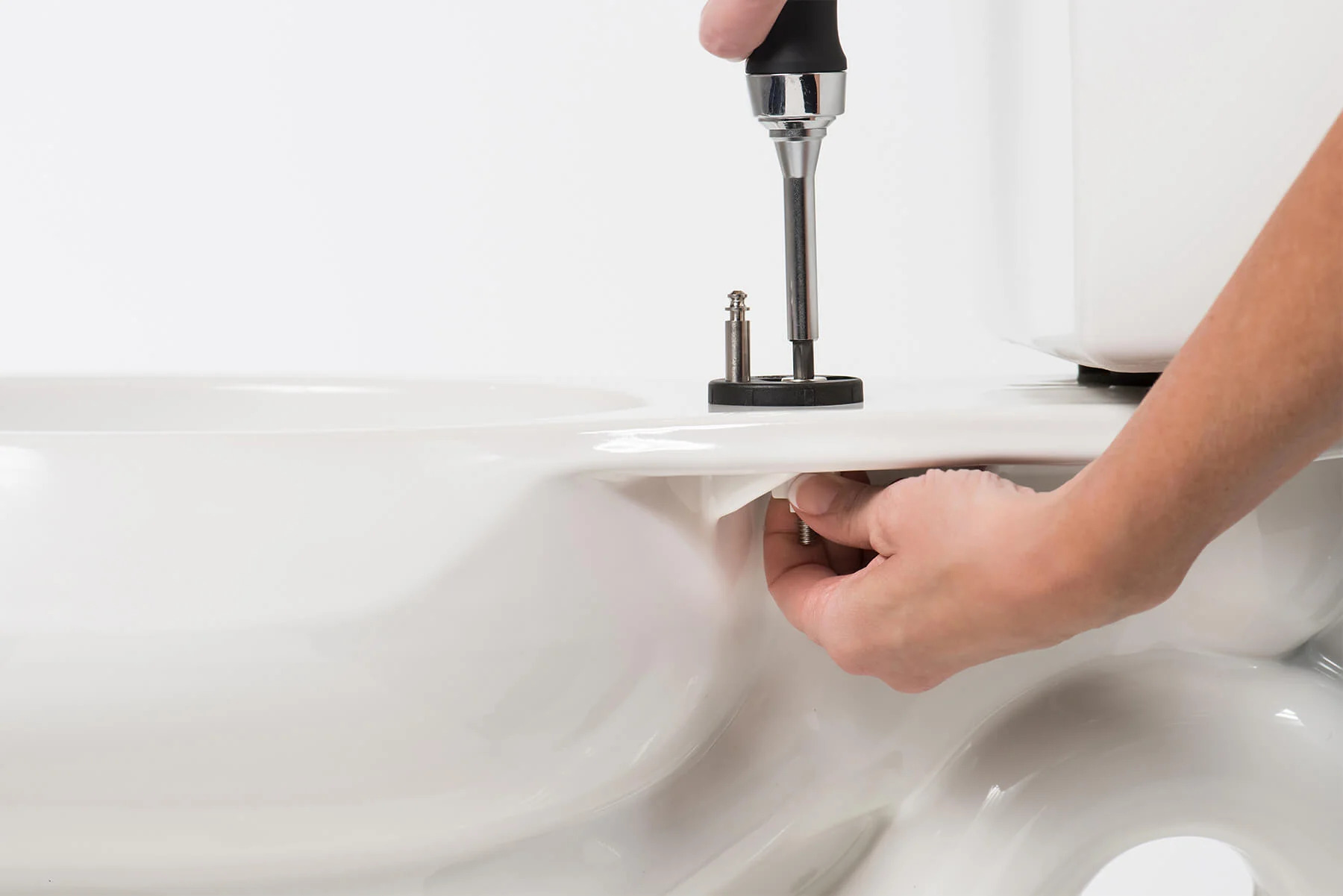
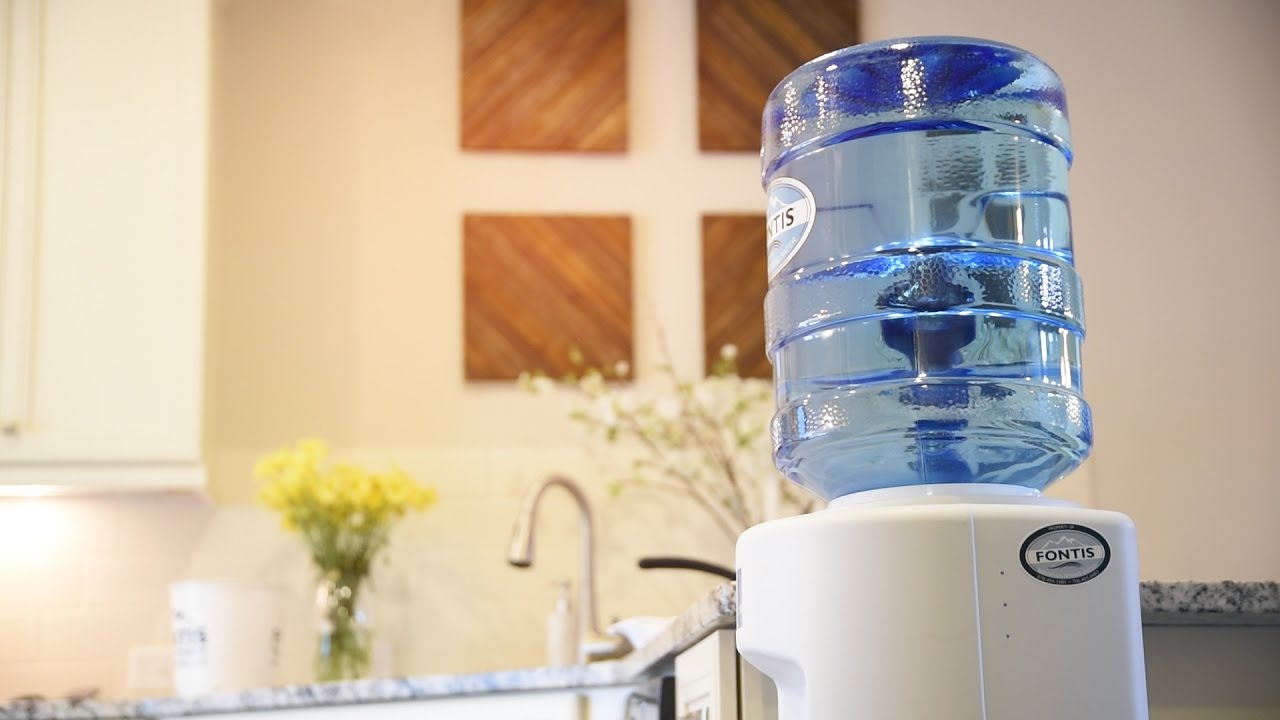

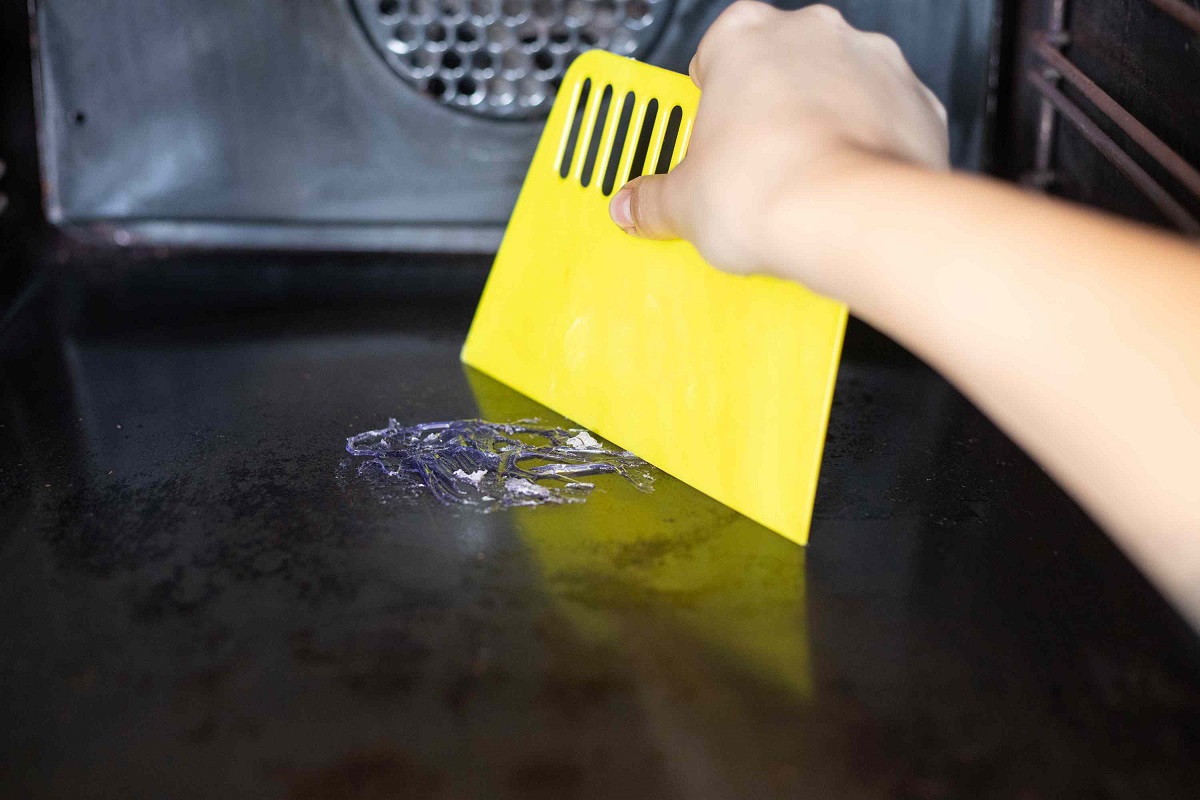
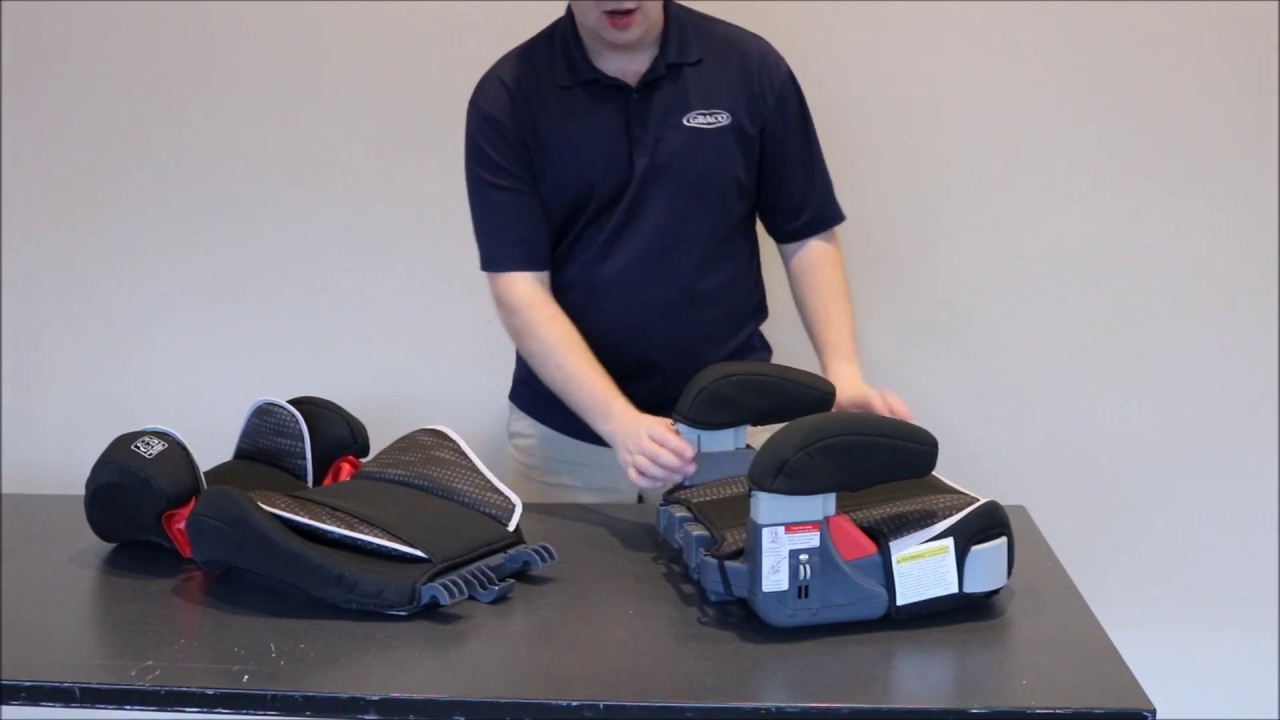

0 thoughts on “How To Remove Plastic Nut From Toilet Seat?”